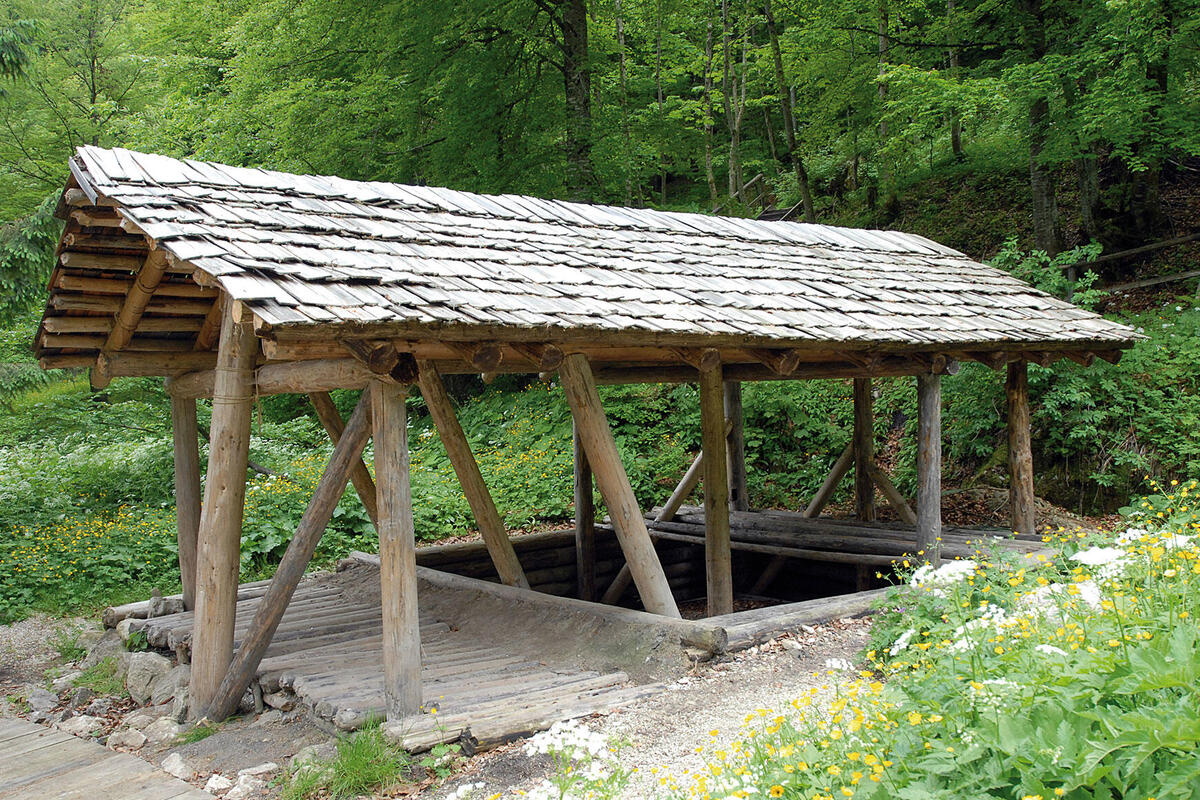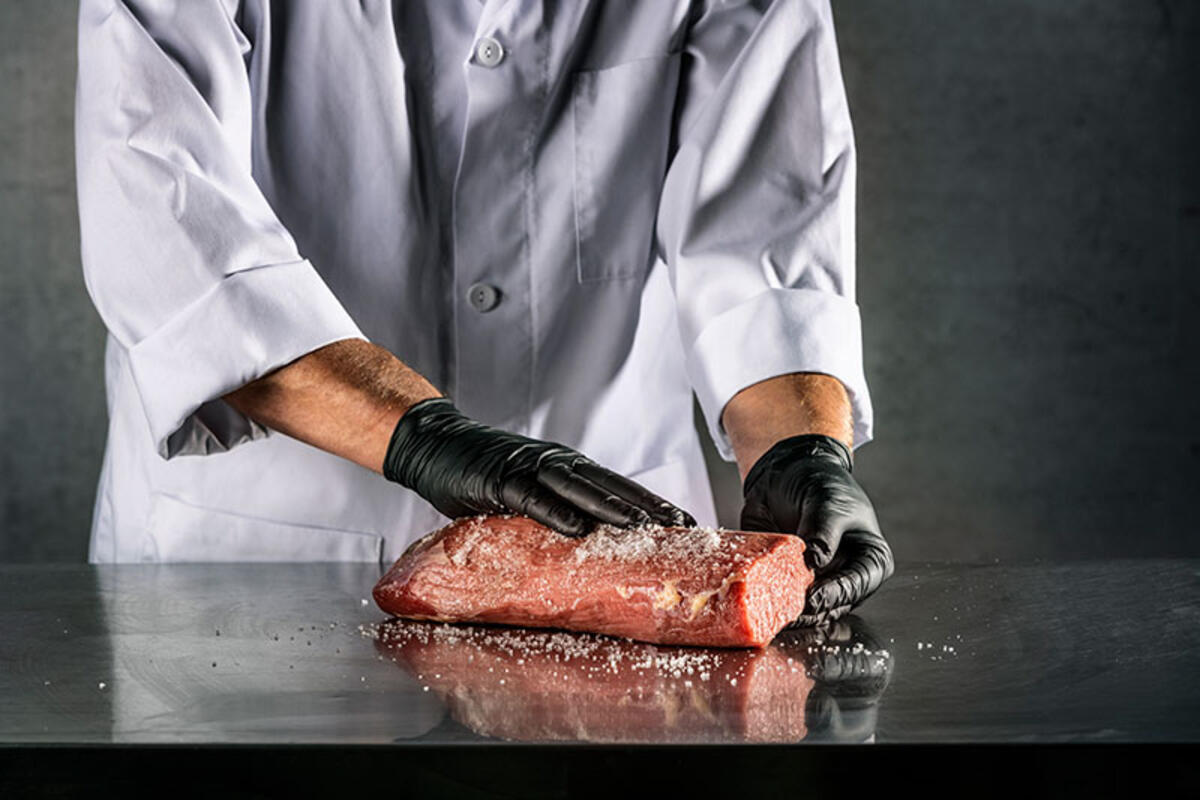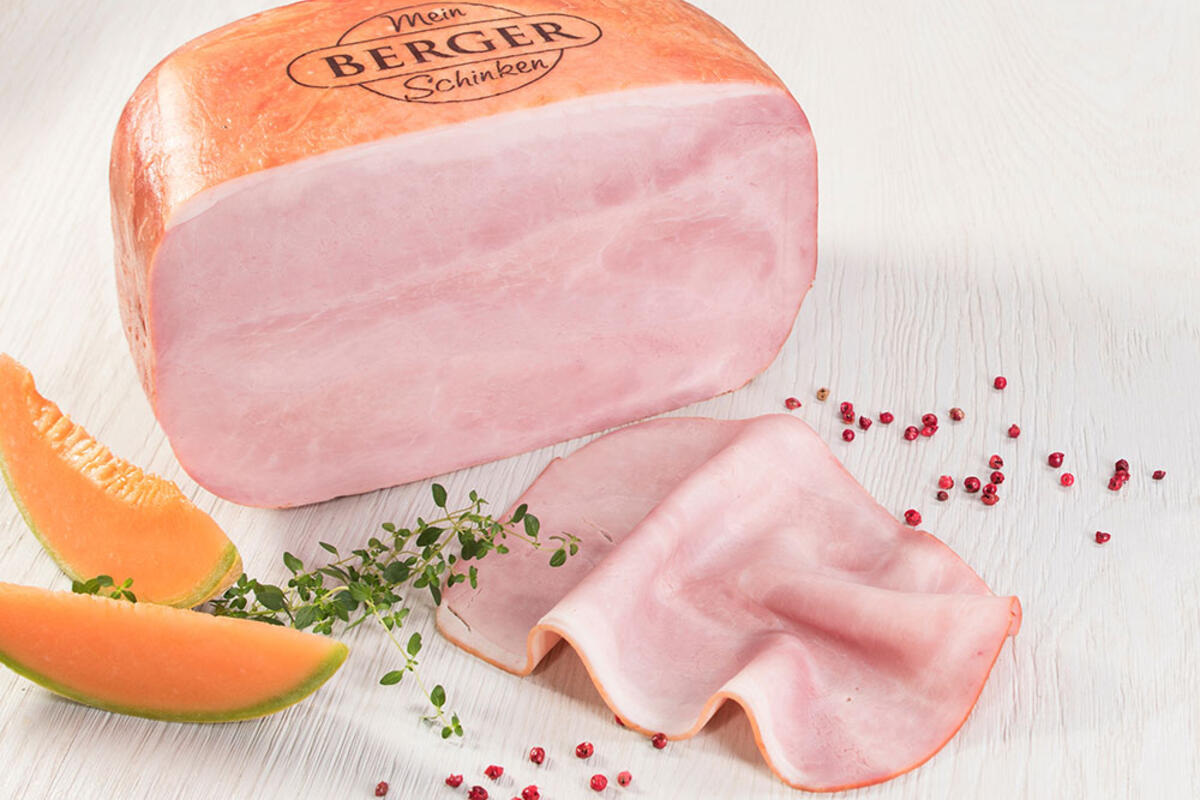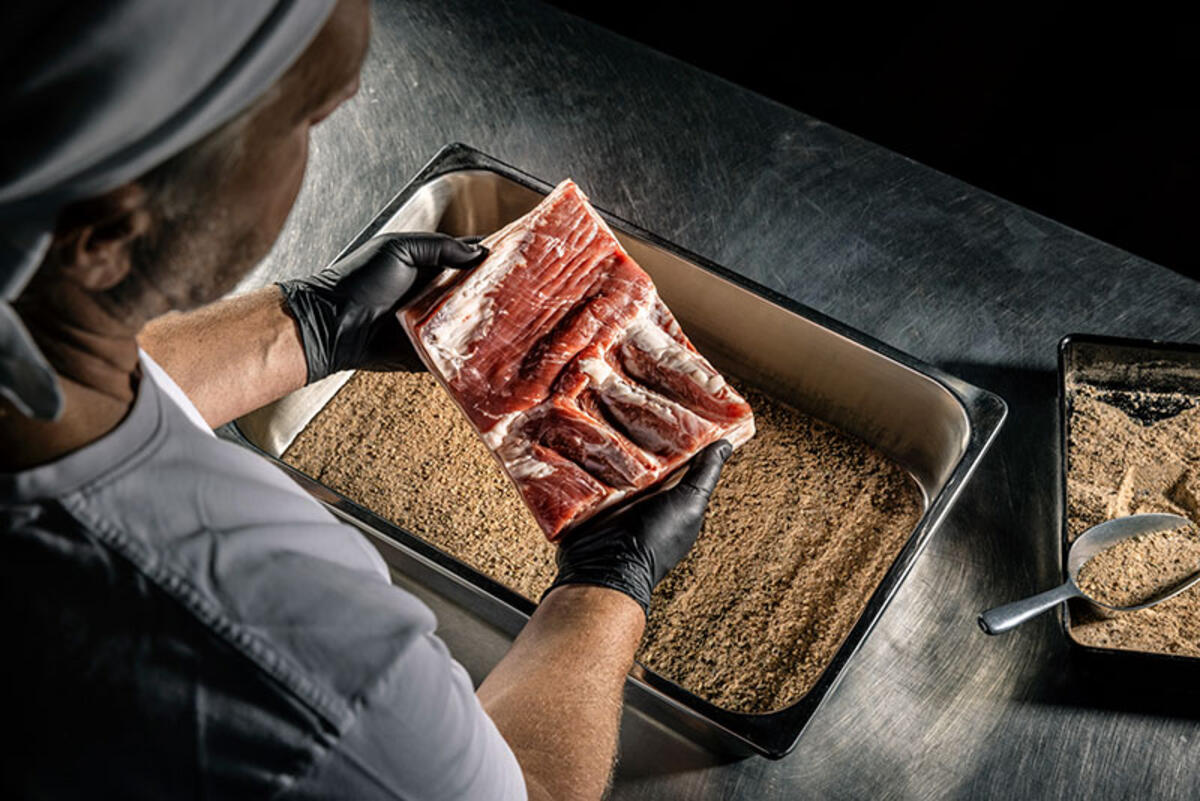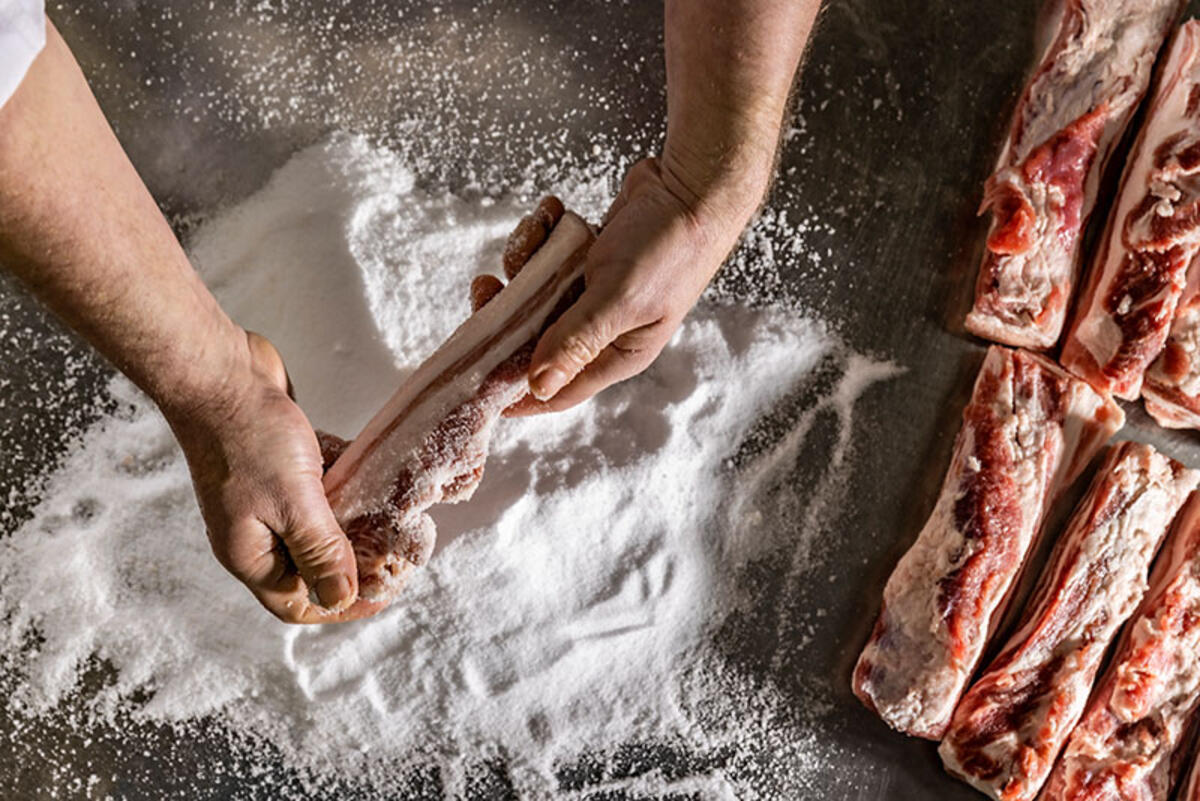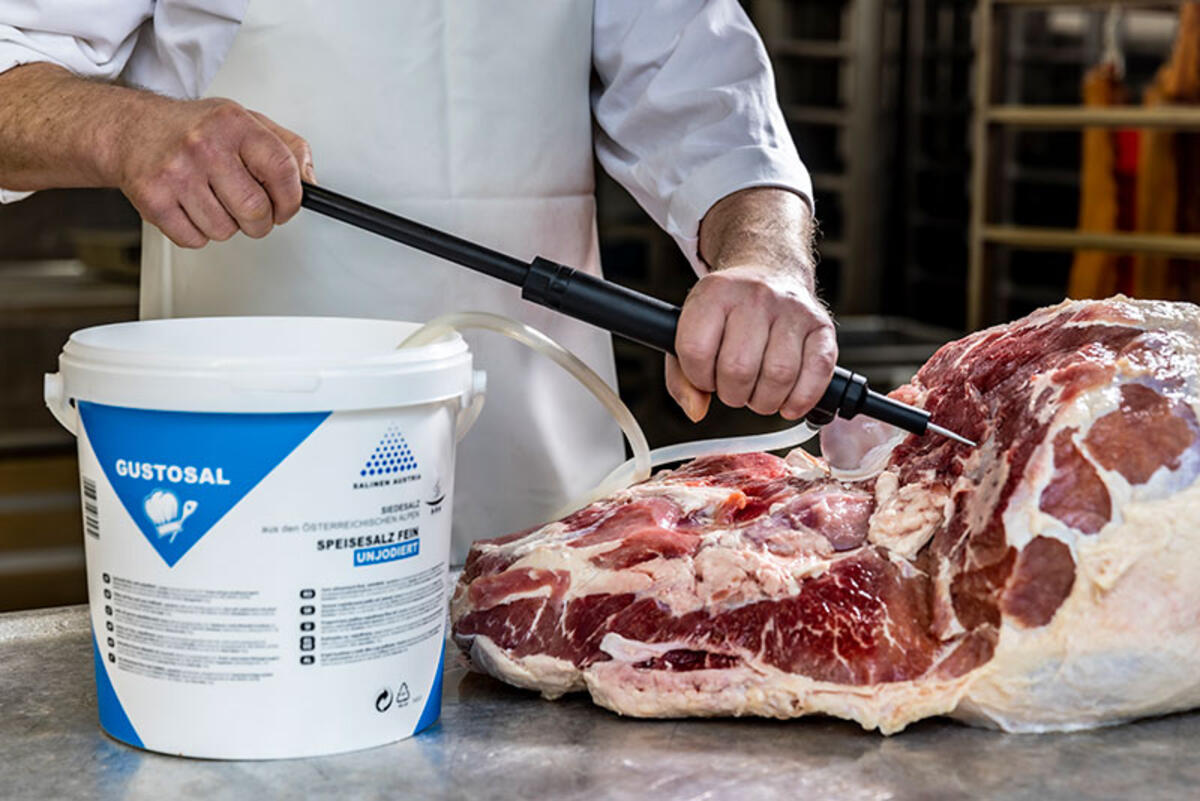Ready-to-use nitrite curing salts for meat and sausage production
GUSTOSAL nitrite curing salts and salt-nitrite mixtures consist of pure, fine-grained evaporated salt from the mountains of the UNESCO World Heritage region Salzkammergut. It is carefully mined in Bad Ischl, Altaussee, and Hallstatt amidst the Austrian Alps and further processed gently in the saline facility in Ebensee. Production takes place fully automatically in one of the most modern production facilities in Europe.
Salinen Austria AG sees itself as a salt expert with a wide range of products to meet all customer needs. In addition to the fine evaporated salt nitrite curing salts, we also offer coarse-grained PARMASALE GUSTOSAL nitrite curing salts in high-quality sea salt.
All GUSTOSAL nitrite curing salts and salt-nitrite mixtures contain stable and homogeneous nitration for efficient and safe processing of your meat and sausage products and your regional bacon and ham specialties.
GUSTOSAL nitrite curing salts
- ensure optimal redness
- improve taste and texture
- act as antimicrobial & antioxidant
- increase shelf life
We tailor our GUSTOSAL range to meet professional needs: Based on national regulations, our salt products are manufactured for various applications and your individual needs and requirements. This ensures that you always receive the salt-nitrite mixtures or nitrite curing salts that are perfectly tailored to your production.



